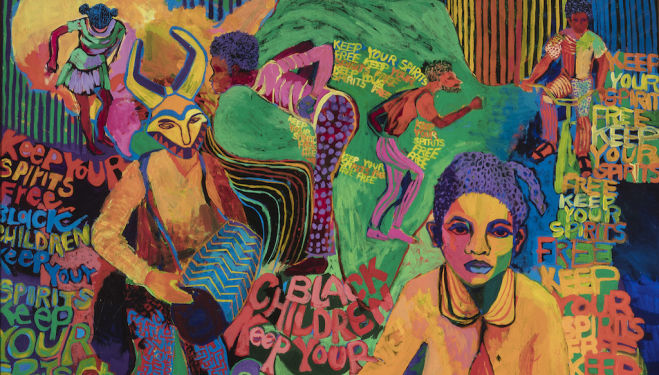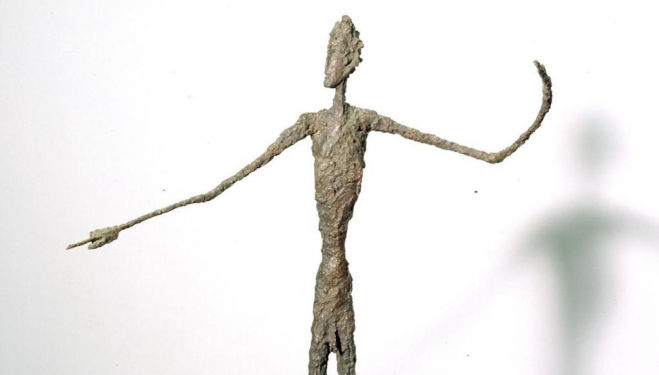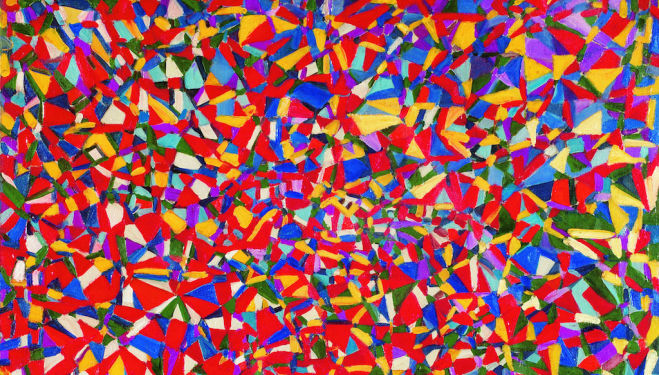What you need to know about the Black Power artists
Ahead of Tate Modern's upcoming exhibition exploring black art at the height of the US civil rights movement, here are the major movements you need to know
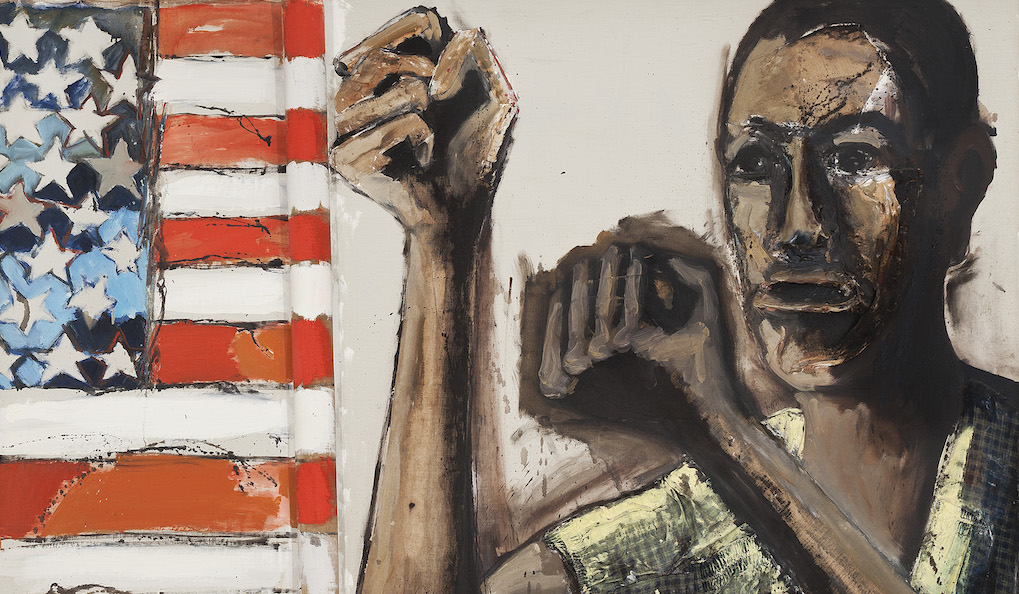
At a time when race and black identity became major sources of tension in music, sport and literature, black artists also questioned their role in American society through visual art.
From street art and assemblage to feminist black and white photography and non-traditional sculpture, black artists rallied across the USA to produce some of the most radical, politically engaging and challenging art in recent history. The Black Arts Movement was born.
Most influential at the height of Black Power, here are the Black Artists that revolutionised a nation
The 1963 Spiral Group
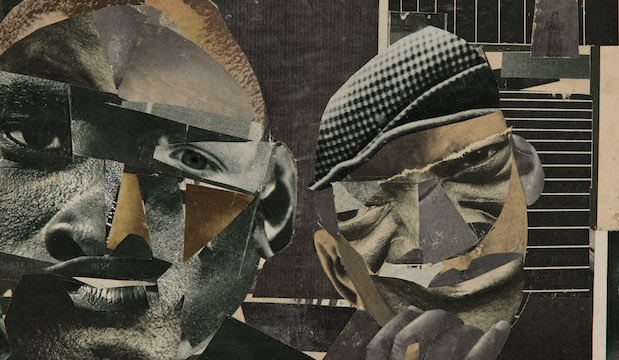
Roman Bearden, Pittsburgh Memory, 1964
Together they aimed to deconstruct the 'Art for art's sake' mantra and challenged the stats quo, of who art could be made by and who it could be enjoyed by, radically transforming the ways in which black artists could relate to American society during a period of racial inequality and segregation.
While the group is not characterized by a coherent style, the artists were experimental in their approach, playing with photomontage and forms of modernist abstraction, which were not typically associated with African American artists at the time.
AfriCOBRA
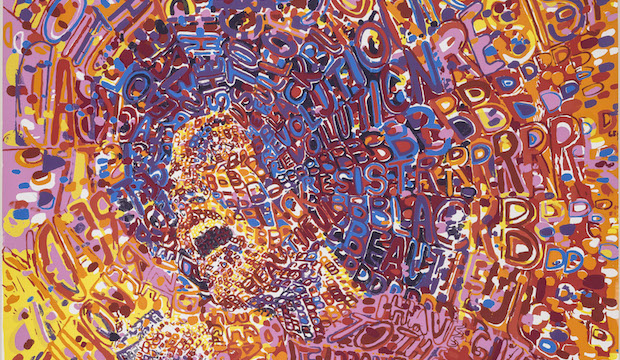
Wadsworth Jarrell, Revolutionary, 1972
AfriCOBRA (The African Commune of Bad Relevant Artists) was a Chicago-based group of black artists founded in 1969. Their united aim was to make art accessible to all. They were the first of the Black Power artistic movements to focus on poster art and prints, which could be mass produced cheaply and bought by engaged but less well-off black followers.
As the only group to devise a manifesto, their work is remarkably recognisable, and characterised by bright colours, texts and images. One of their most notable works, which will be exhibited in Soul of a Nation, was the commemoration of black revolutionary figures including Martin Luther King and Malcolm X in a mural painting called Wall of Respect, completed in Chicago in 1967.
The Mural Movement

Emory Douglas, We Shall Survive without a doubt, 1971
Wide-spread rebellion against the blue chip gallery space led to the development of the Mural Movement, a collective of black artists who showcased their art in non-traditional locations to attract different audiences in local communities.
Emory Douglas, Minister of Culture for the Black Panther Party, was one of the leading figures of the progressive movement. As the art director, designer, and main illustrator for The Black Panther newspaper, Douglas became famed for creating internationally recognisable images representing black American struggles.
Douglas' ability to communicate messages through image, made him one of the most influential and powerful graphic agitators of the movement. His work will be exhibited in the upcoming exhibition alongside archival newspaper clippings and photographs.
Black Feminism

Betye Saar, Rainbow Mojo, 1972
Assemblage artist Betye Saar and painter Kay Brown were two of the most pioneering figures of the Black Feminist movement that rose to prominence during the Black Arts Movement. Their work engaged myths and stereotypes about race and femininity, and was considered highly political, even, satanic during the 1970s.
Famous today for her collages and assemblages of stereotyped Black American figures including Aunt Jemima, Uncle Tom and Little Black Sambo, Saar is well represented in the upcoming exhibition, with Rainbow Mojo, taking centre stage.
Determined to visually distill her activist desires, Saar united with other black women artists at Suzanne Jackson’s Gallery 32 in 1970. Together they staged a group show, titled Sapphire, You’ve Come a Long Way, Baby, which is most likely the first contemporary African American women’s exhibition in California.
JAM
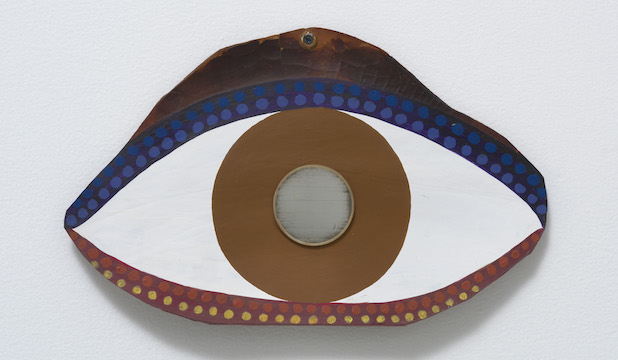
Betye Saar, Eye, 1972
Just Above Midtown gallery (JAM) was a pioneering New York based commercial gallery that exhibited the work of avant-garde Black artists, and whose now infamous programme explored innovative approaches to sculpture as well as performance, using non-traditional materials including Black hair and tights.

